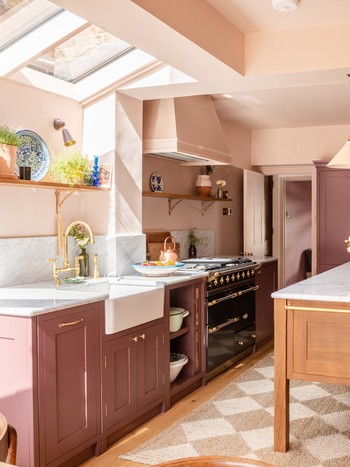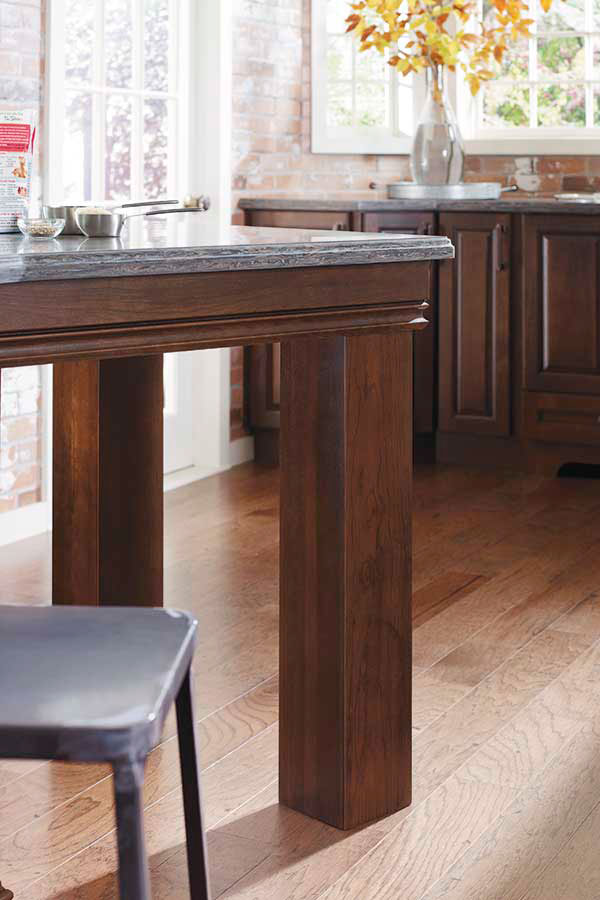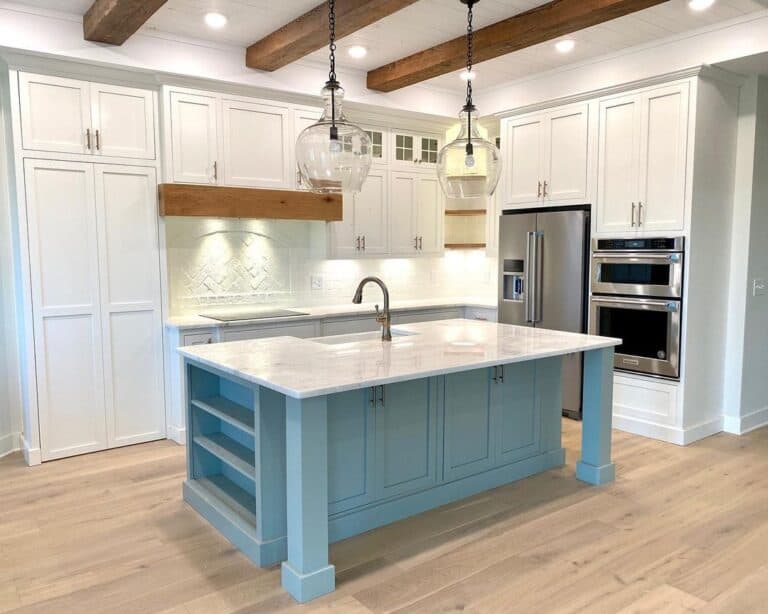Achieve an Advanced Appearance Making Use Of Ornate Legs For Kitchen Island Styles
An Overview to Picking the Perfect Legs For Kitchen Island for Your Home
Picking the perfect legs for your cooking area island is a nuanced choice that impacts both the capability and visual charm of this main space. Elements such as height, products, and design play a critical role in balancing your island with the total cooking area design. Additionally, comprehending the value of security and upkeep can dramatically influence your choice. As you think about these aspects, it ends up being obvious that the appropriate legs can change not just the appearance of your cooking area yet additionally its use for several years ahead. What details features should you focus on in this option procedure?

Comprehending Kitchen Island Legs
When picking legs for a kitchen island, it's crucial to comprehend their aesthetic and functional duties in the overall style. The legs work as a critical support group, making sure stability and longevity for the island, which typically works as a workspace, dining location, or collecting spot. As a result, the choice of material and building strategy must be robust sufficient to hold up against daily use and prospective wear.
In addition to their architectural duties, legs add significantly to the island's visual charm. They can improve the cooking area's design, whether via traditional, contemporary, or eclectic designs. The height and proportion of the legs are also vital factors to consider; they need to integrate with the island's countertop height while ensuring comfortable seating for those utilizing the room.
Moreover, the leg design can influence the overall flow of the cooking area. Open, airy leg designs can develop a feeling of lightness, while solid, substantial legs may convey a more based and secure visual - Legs For Kitchen Island. Comprehending these aesthetic and useful facets will certainly direct property owners in making notified choices that enhance their cooking area's layout and improve its usability
Popular Styles and Materials
The choice of legs for a kitchen island incorporates a variety of prominent designs and materials, each offering special characteristics that can improve both functionality and looks. Conventional legs commonly exhibit elaborate information and craftsmanship, improving timeless cooking area designs.

Height and Security Considerations

Security is an additional essential factor to consider. The legs of the kitchen island should give ample support, guaranteeing that the framework can stand up to everyday usage without tottering or shifting. Product choice plays a considerable duty in security; metal legs, for example, tend to supply higher strength contrasted to wood. Furthermore, guaranteeing that the island is firmly anchored to the flooring or wall can boost stability, specifically for larger islands that might bear substantial weight.
Matching Your Kitchen Area Visual
Choosing the appropriate legs for your kitchen island goes beyond functionality; it likewise plays a considerable function in the general visual of the area (Legs For Kitchen Island). When selecting legs, take into consideration the layout style of your cooking area.
Legs that match or contrast with your island's surface area and bordering cabinetry can produce aesthetic consistency or striking focal points. Additionally, take into consideration the surface of the legs; matte, glossy, or distinctive coatings can substantially impact the total feeling of the kitchen area.
Installation and Upkeep Tips
Installing cooking area island legs needs mindful attention to information to guarantee both security and visual charm. Make use of a stud finder to locate wall surface studs if you are attaching the legs to a wall or making use of brackets for included assistance.
When securing look at these guys the legs, utilize high-quality screws and, if needed, timber glue for extra toughness. For metal legs, make sure that you are making use of suitable anchors and devices to stop damage to your floor covering. It is advisable to inspect for levelness after installment, making adjustments as needed to prevent tottering.
Upkeep is equally crucial for long life - Legs For Kitchen Island. Routinely inspect the legs for any type of indicators of wear or helping to loosen, particularly in high-traffic areas. Clean the legs with an appropriate cleaner, preventing unpleasant products that might scratch the surface. For wooden legs, think about applying a wood conditioner regularly to preserve their coating. By adhering to these installment and upkeep tips, you can ensure that your kitchen island legs remain both visually appealing and functional.
Final Thought
In verdict, selecting the ideal legs for a kitchen area island necessitates mindful consideration of elevation, stability, and visual compatibility. Ultimately, thoughtful leg option plays an important role link in raising both the practicality and style of the kitchen area.
When selecting legs for a kitchen area island, it's essential to recognize their aesthetic and useful functions in the total design. Open, ventilated leg designs can create a feeling of agility, while solid, significant legs may communicate an extra grounded and steady visual. The legs of the kitchen island ought to give adequate support, making certain that the structure can stand up to day-to-day use without moving or wobbling.Mounting cooking area island legs requires cautious interest to detail to make sure both stability and aesthetic allure.In verdict, selecting the appropriate legs for a kitchen click here to find out more area island requires careful factor to consider of elevation, stability, and visual compatibility.